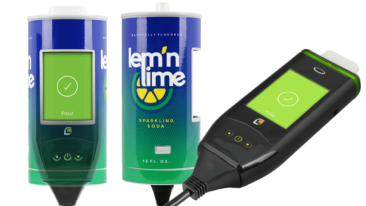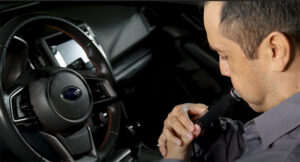
Drunk driving still remains one of the most prominent problems in the United States, and blood alcohol content is one way to help legislate and regulate drunk driving. Drunkenness is generally hard to determine as alcohol affects everyone differently. Blood alcohol content, or BAC, offers an objective measure of the amount of alcohol (in the form of ethanol) in a person’s bloodstream. BAC is shown as a percentage that represents, in grams, the amount of alcohol per every 100 milliliters of blood. A BAC of 0.07 percent means you have 0.07 grams for each 100 milliliters of blood.
Every state has set their legal drinking limit at a BAC of 0.08 percent, meaning that if you are found with a BAC of 0.08 or higher, you are considered drunk and can be arrested and charged with a DUI or DWI. Many states also institute extreme DUI penalties for anyone with a BAC of 0.15 and higher.
How Blood Alcohol Content Works
The standard rule of thumb says that your liver can generally break down one standard drink in the span of one hour. When you have more than one drink in an hour, your body stores excess alcohol in your body tissue and blood until your liver can get to metabolizing it. This buildup of alcohol invariably increases your blood alcohol content, resulting in you feeling more intoxicated. It roughly takes about two drinks for your BAC to increase by 0.02 percent.
A Standard Drink
A standard drink in the United States constitutes 14 grams of pure alcohol. This is equivalent to:
- 8 to 9 ounces of malt liquor (7 percent ABV)
- 5 ounces of wine (12 percent ABV)
- 1.5 ounces of whiskey, gin, rum, or other distilled spirit (40 percent ABV)
- 12 ounces of regular beer (5 percent ABV)
Of course, the alcohol per volume can vary even between individual beverage types. Furthermore, not all bartenders or servers pour the same exact amount.
What Affects Your Alcohol Metabolism?
Even understanding the “one drink per hour” rule, how you metabolize alcohol is increasingly difficult to predict. Two people could have the same exact drink, in the same size, and show vastly different blood alcohol content. There are a vast range of factors that may affect how you metabolize alcohol, including:
- Food – Having food in your stomach before you drink won’t reduce your BAC, but it will slow down the rate that the alcohol is metabolized. This allows for a longer, steadier process that may prevent sudden peaks in BAC.
- Mood – While alcohol can make you feel good at lower levels, at a BAC of 0.07 percent, your mood will take a dip. Depression and anxiety can get worse during and after drinking. Your mood can also cause physiological changes to the enzymes in your gut, which can affect how you process alcohol.
- Physical fatigue – Fatigue can actually magnify the effects of alcohol by making the liver less efficient, resulting in feelings of higher-than-normal blood alcohol content.
- Sex/Gender – Women have been found to possess less dehydrogenase, an enzyme that breaks down alcohol in the stomach.
- Body composition – People with larger bodies generally have a higher tolerance for alcohol than those with smaller bodies or less body fat.
How BAC Affects Driving
Although the legal limit is 0.08 percent, alcohol can still affect your driving abilities well before you reach that BAC.
- 0.02 percent – At a BAC of 0.02 percent, some of your visual functions will decline along with your general multitasking abilities.
- 0.05 percent – At 0.05 percent, you are less coordinated than you think, resulting in problems with steering. You will also have trouble tracking moving objects and may have trouble responding to sudden emergency driving situations.
- 0.08 percent – At the legal limit, your concentration, perception, and speed control abilities will be heavily impaired. You may experience short-term memory loss and reduced information processing abilities.
- 0.10 percent – Along with all of the above, you will generally have trouble maintaining your lane position and braking in time at a BAC of 0.10.
Blood alcohol content is a useful measure for determining a person’s level of intoxication and in certain health applications, but it’s not something you can measure on your own. It’s also not something you can always rely on. You may experience symptoms of intoxication that may hinder your ability to drive without even reaching a BAC of 0.08. Be safe with your alcohol consumption and always plan ahead when you go out for a drink.
Sources:


